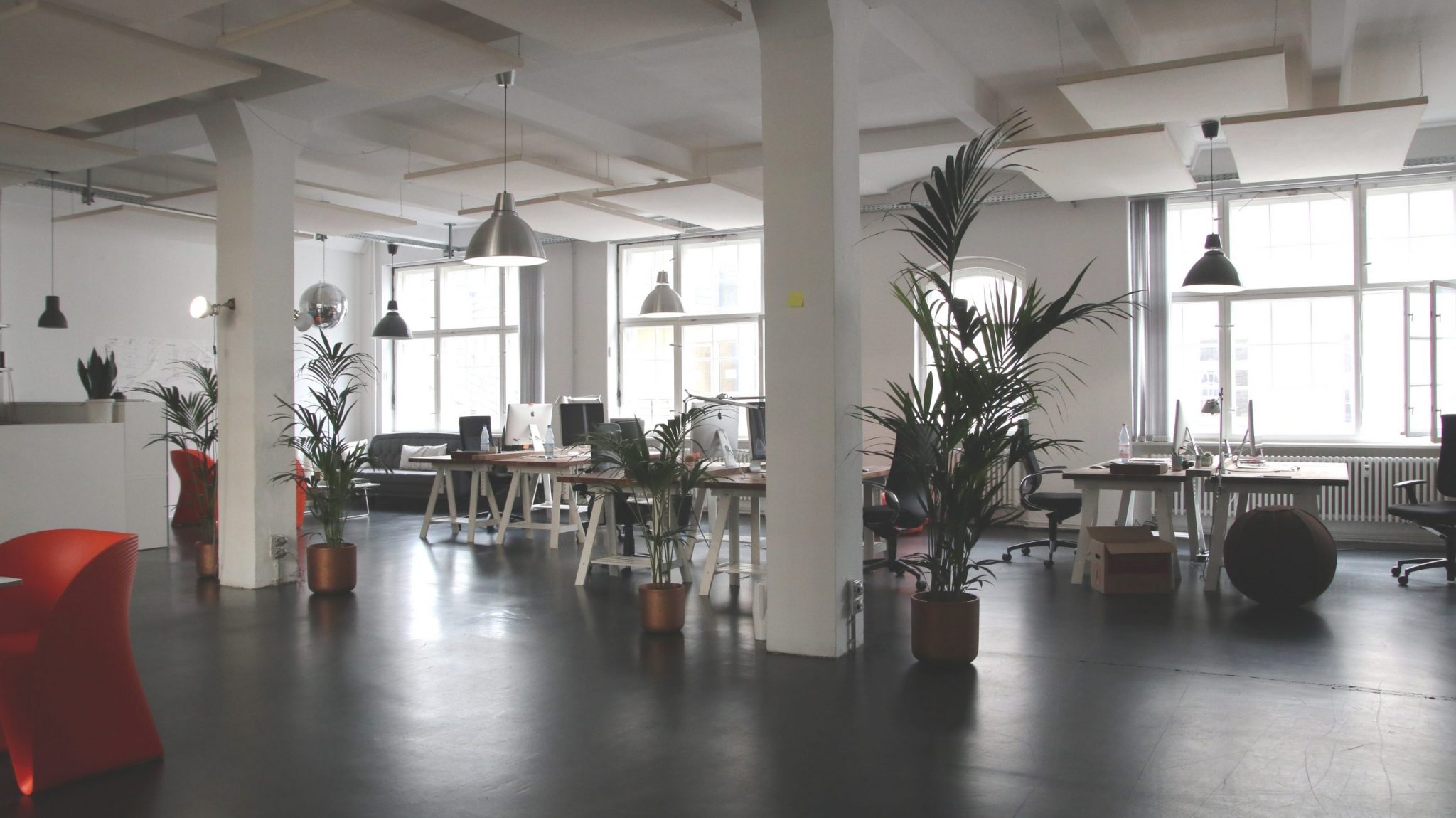Whether you work in an office or in your own home, you likely have a specific spot dedicated to your work tasks. If it’s your desk or cubicle in an office, it’s likely pretty basic. When you first get your desk, it’s usually just stocked with the basics: your computer, mouse, a notepad, and a pen.
On the other hand, if you are working from home, you might be lacking an organized and task-oriented space. Either way, a suboptimal workspace could be affecting your productivity, creativity, and mood.
Whatever the challenge you’re trying to overcome, your workspace should be both functional and inspiration, and with these 4 tips, it can be:
- Personalize your desk
Having a plain desk can make it hard to spark your creativity when you’re trying to solve problems, come up with ideas, or create your best work. Depending on the rules in your workplace, you may be able to go all out with your decor, or you might have to rein it in to a few small personal touches. But, either way, adding some of your own items should make your desk more welcoming.
While your biggest challenge of creating a workspace you enjoy in the office is adding some personal flare, the opposite might be true when working from home. If you are lacking structure and focus in your in-home workspace, there are a few aspects you should focus on:
- An isolated space
- A functional work surface
- Outlets nearby for computer and tech devices
- Natural lighting
When your workspace is equal parts personal and function, you can expect to work at your highest levels.

- Add greenery
You may be surprised to find that greenery can have a significant impact on a person’s mood and overall health. If your workspace is devoid of color, this is a simple way to inject some life into the room. By introducing some nature into the office, you can enjoy the benefits of increased creativity, reduced stress, and cleaner air. Plants remove harmful debris and pollutants from the air, helping you stay healthy and at optimal working capacity.
If you want to add greenery to your office, schedule a monthly flower or succulent delivery, so that you can always have a fresh and vibrant plant on your desk.
- Focus on ergonomics
One workspace issue that can have a significant impact on your day is discomfort. Whether it’s an old, worn-out chair, sore elbows, or a monitor that’s too low, your desk setup could be impacting your physical health and taking a toll on your energy throughout the day.
This is one of the reasons that ergonomics has become such a concern in many workplaces in recent years. If you are not familiar with ergonomics, a basic definition is the application of principles to improve efficiency and productivity while decreasing discomfort by applying certain psychological and physiological principles.
In some cases, your employer may be willing to cover the cost to improve the ergonomics of your desk, but if not, you can slowly make purchases over time to make your workspace more comfortable. Some of the items you should consider include:
- A mouse pad with wrist support
- A mouse that holds your hand in a neutral position
- A standing desk
- An ergonomic keyboard
- Armrests if your chair doesn’t have them
There are also specially designed chairs available to keep your body in the best possible position and provide the support you need while sitting all day. Investing in ergonomics for your workplace can not only prevent injuries, but make your workday more pleasant.
- Improve your lighting
If you work in an office, you are likely victim to the glare of intense white overhead lighting that beams down on you all day. While you probably can’t change the lighting in your office, you can lower your computer brightness to give your eyes a rest. Adding a desk lamp with a softer light may also be helpful.
Those who work from home have quite the opposite issue and often lack sufficient lighting to keep them alert and focused. If you can, move your workspace to somewhere with ample natural lighting. If that is not an option, then consider switching out your lightbulbs to those that mimic natural hues.
Your ideal workspace depends on your surroundings, type of work you do, and your personal preferences, but these tips are a good starting point for anyone who is less than satisfied with their work environment.


